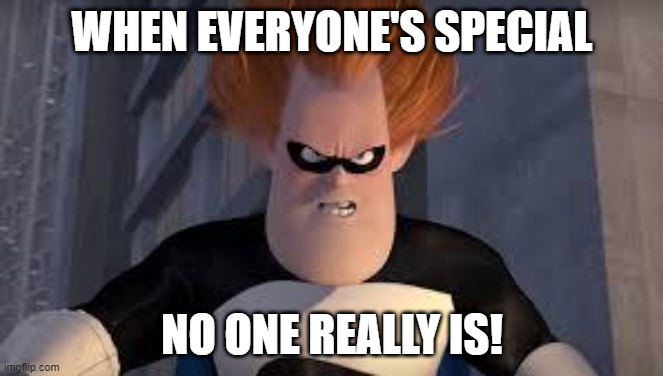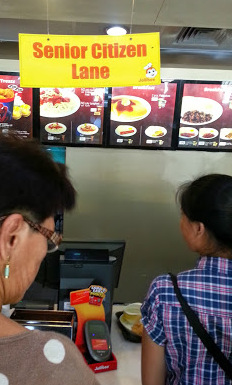Green lanes are a good start of curing our bad habits for disposables.
The bane of grocery shopping
Grocery shopping is one of our activities as consumers that generate much of our plastic usage.
Our food and supplies are packed with plastic. And, as we often go to groceries unplanned, we rely on the cashier to provide us with plastic bags.
Plastic bags are also advertising channels for supermarkets.
They often print their logos on plastic bags that will likely be seen by all who you cross paths with on your way home.
The Green Lane in Quezon City ordinances
With the awareness that plastic reduction is an essential behavior change for Filipinos, one of the first cities to pass a Plastic Bag Reduction Ordinance is Quezon City.
Read: 11 Statistics about Solid Waste Management in the Philippines that Every Filipino should Know
The Green Lane is a “special counter or express lane…to cater to customers using reusable bags and/or those redeeming used plastic bags…”
The special privilege supposedly gives shoppers incentives to bring reusable bags and not avail of brown paper bags.
Paper bags have been the alternatives to plastic bags that have been banned totally under the 2019 amendment of the Ordinance.
Through Ordinance SP-2140 implemented on October 2012, a fixed Plastic Recovery System Fee of P2.00 was charged to consumers for every plastic carry out bag.
Ordinance SP-2140 also provides for “Green Lanes” in stores.
The latest amendment of the Ordinance (Quezon City Ordinance No. SP-2868, S-2019,), updates the provision to read, “all [Type 1] stores shall provide at least one [Green Lane].”
Type 1 retailers include shopping malls, supermarkets, restaurants, grocery stores, fast food chains, and other similar retailers.
My Case: Green Lane in Robinsons Easy Mart
The Robinsons Easy Mart near us has this sign for its Green Lane.
Interested in solid waste management planning?
I have two points of improvement, though, in the implementation of the Green Lane in this particular supermarket:
- The lane is not exclusively green.
- The greenness of the lane is not obvious.
On green exclusivity
In the said grocery, the Green Lane is also the Priority Lane for Special Populations like Senior Citizens, PWDs and pregnant women.
Before the existence of the Green Lane, the system for the Priority Lane in this particular grocery has not been obvious.
I have seen many Senior Citizens line up behind regular shoppers.
Cashiers and other staff do not reserve the lane for Special Populations, nor do they restrict its use to these Special Populations.

The same scenario happens now that the lane is also a Green Lane.
In the two cases I tried to use the Green Lane because I have a reusable bag, the cashier directed me to still fall in line.
Positively, this implies that many shoppers are already bringing reusable bags! This may be a testament that the Ordinance is working!
However, in line, I stood behind shoppers who were without reusable bags and were not members of the Special Populations mentioned.
In short, the Green Lane is not exclusive for “green” people.
Related Articles:
On obviousness of greenness
One way to increase awareness is through visual recognition.
We start to understand things by reading and seeing.
Practically, the signage for the Green Lane is small and inconspicuous. I had to be already in front of the cashier to see that there is a special Green Lane!
My first thought: Why not put a visible hanging sign to make the Green Lane obvious?

With an obvious signage, the purpose of the mandate for the Green Lane is BETTER served. To quote the Ordinance,
[The Green Lane] will also serve as an information and advocacy measure in caring for the environment.
Ordinance SP-2868, S-2019
Incentives reinforce good behavior. More so if these incentives are obvious.
When shoppers know they can save time using the express Green Lanes, they are more likely to use them repeatedly.
Using reusable bags become connected with saving time.
Conclusion
The Green Lane is a good start in promoting behavior change in shoppers.
These two points for improvement can encourage further reduction in disposable bag use.
I hope commercial establishments become serious with implementing the Green Lane.
Changes in exclusivity and design can manifest sincerity in this mandate.
What do you think about Green Lanes in supermarkets?
Cities of the Philippines and Waste Management Series:
- Waste Generation of Philippine Cities
- Waste Management Information on Antipolo City, Rizal
- Waste Management Information on Dasmarinas City, Cavite
- Waste Management Information on San Pablo City, Laguna
- Waste Management Information on Cavite City, Cavite
- FREE! Tool for Gathering Waste Management Data

